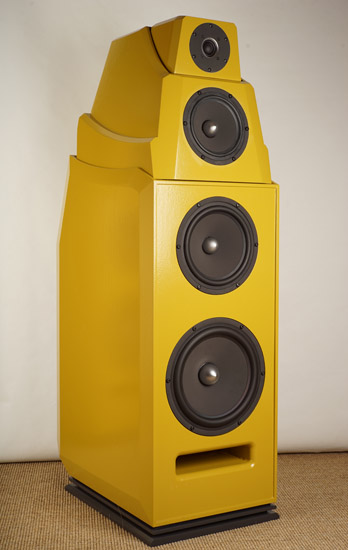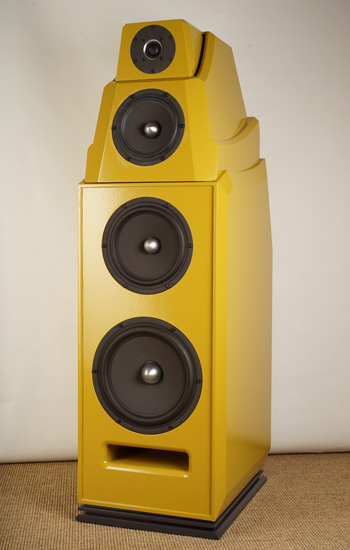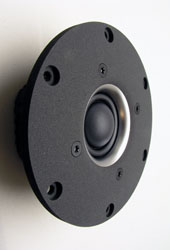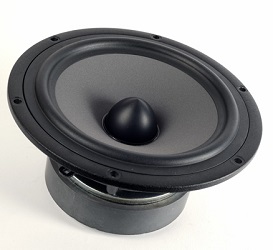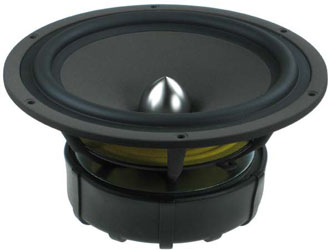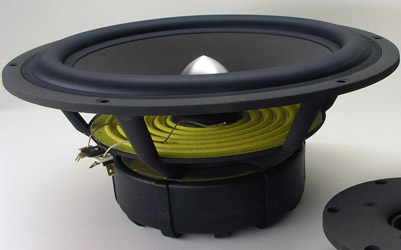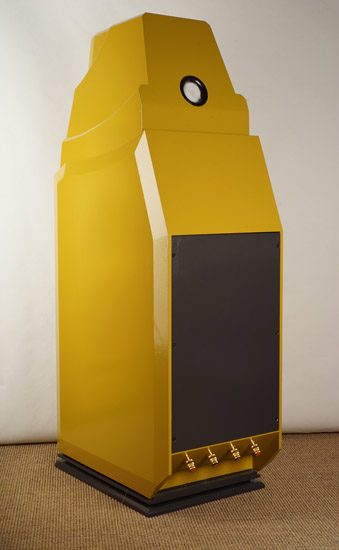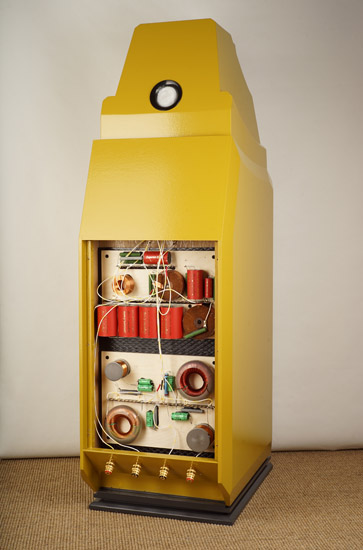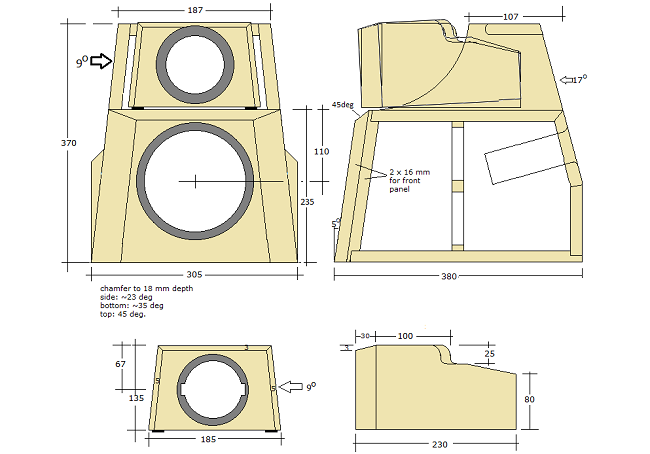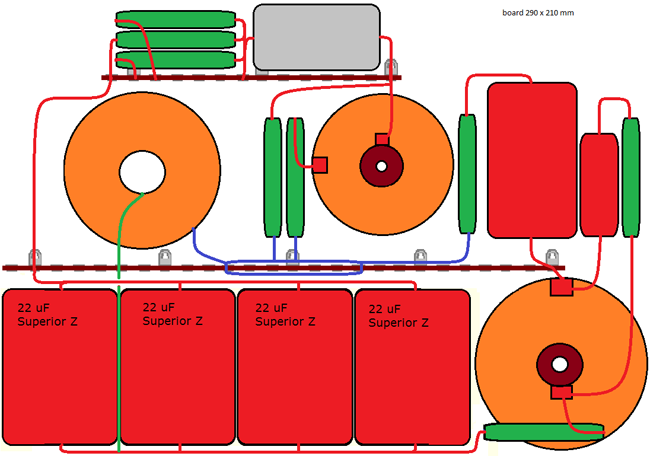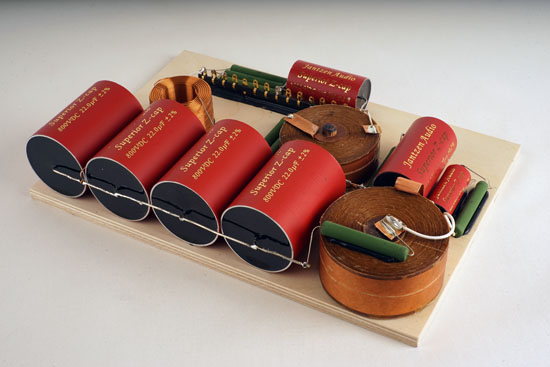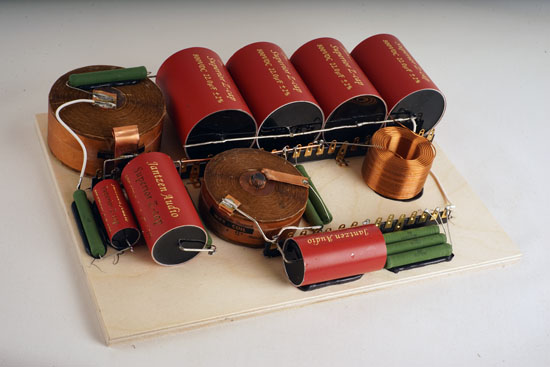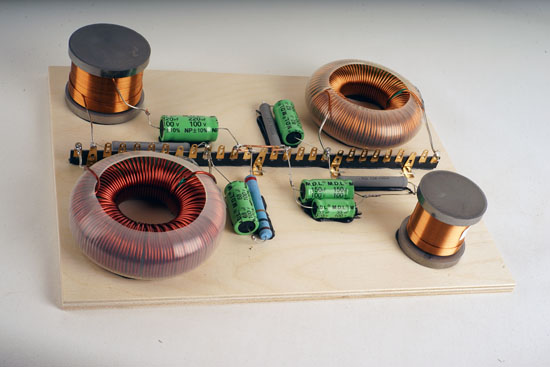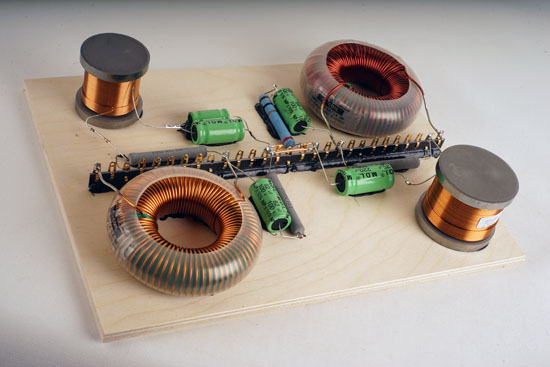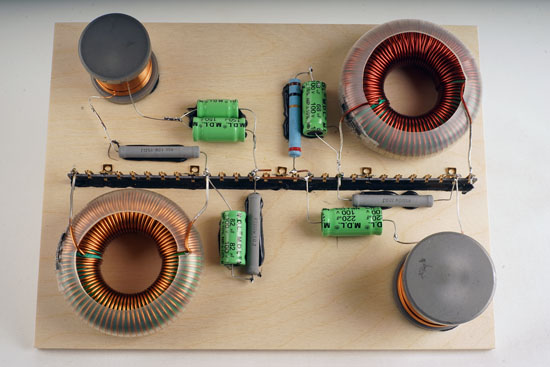DIY Loudspeakers: HOME INDEX UPDATES RESPONSE WHAT'S NEW
SEAS
NEXT-4
Copyright 2014-20 © Troels Gravesen
CONCEPT DRIVERS CROSSOVER CABINETS SPEAKER-KIT CROSSOVER-LAYOUT MEASUREMENTS SOUND
20-01-2021: NEXT-4 updated with new SEAS W18NX003 driver.
The
ATS-4 concept of having a 8" bass driver in a
closed box handling the 100-200 Hz range works so well it simply had to
be tried with other brands of drivers. So, here's a SEAS version.
Building cabs take time - a lot of time - and discussing future
constructions with Jesper (Ekta
Grande builder) I suggested making a NEXT-4 from some of his
Cyclop drivers -
and Jesper was positive.
Fortunately I still have my ATS-4 bass test cabs and Jesper had the 10"
bass drivers and Crescendo tweeters - and I had the
18W middrivers. So, Jesper, after having heard the ATS-4, accepted the
proposition of making the NEXT-4 speaker cabinets and buying a pair
22WNX001 drivers to complete the driver range needed. Jesper also made
new test mid/tweeter cabs for the initial set-up. Se image below. These
cabs front panels must be fine-tuned before making the very final cabs.
The layout is as close as possible to the ATS-4 with a single minor
modification to the mid cabinet not being chamfered towards the bas cab.
That's all. Everything else is similar to ATS4 - apart from the
crossover, obviously.
The 8" upper bass driver used for the ATS-4 is quite sensitive, hence I had a 10
ohm version made for this application. Here the 22WNX001 fits perfectly
into a similar set-up having the same sensitivity as the 26W bass driver
- and fortunately we can maintain a minimum impedance of 3 ohms, not a
problem for most good solid state amps. My Jungson amps (2 x 80 watts)
runs these speakers without any trouble. For the final voicing and
crossover fine-tuning I used my GlowMaster KT88 for mid/treble and Hypex
amp for the bass drivers. Se "Gear"
section.
There will NOT be a whole lot of writing on this
speaker as it is so similar to the ATS-4, so before writing, please read
the ATS-4 file. I
do NOT have more drawings than those found below, so please do not ask.
As always, stick to front panel design and drivers' layout, the rest is
up to you. The drawing suggest bass section crossover to be placed at
the bottom like the ATS-4. Jesper chose to place these on the rear
panel. It's up to you. If you use the latter solution adjust bass
cabinet volumes accordingly.
So, here we go on the SEAS NEXT-4 speakers:
Useful links:
Please read these files before e-mailing:
http://www.troelsgravesen.dk/tips.htm
http://www.troelsgravesen.dk/crossovers.htm
http://www.troelsgravesen.dk/LCR-RC.htm
FAQ:
You cannot change cabinet front panel dimensions and drivers' placement
without needing a new crossover - and I cannot help.
You cannot use any other drivers with the crossover shown here.
Please read these files before e-mailing:
http://www.troelsgravesen.dk/crossovers.htm
http://www.troelsgravesen.dk/choices.htm
Download drivers' data files:
T29CF002 W18NX003
W22NY001
W26FX002

Crossover components' values to come with the
kit. You can buy the kit with or without the drivers - or some of the
drivers if you already have some.
See options below.
As always: Any change to the design and you're on your own. You need a new crossover, please read here.
Check out this file regarding construction tips: http://www.troelsgravesen.dk/tips.htm
For optimal integration of tweeter and midrange tweeter cabinet should be some 18-20 mm behind the middriver front panel. Pull back tweeter cabinet a little more than seen on drawing. In my listening room I had a 9 mm block under the tweeter cabinet at the rear, but all depends on listening distance and listening height. Ideally mid and tweeter on-axis should cross at listening postion. Do spend some time finding the right tilt of mid and tweeter cabinets with regard to your listening postion.
Cabinet damping, view
ATS-4 file.
The midrange port is cut to 100 mm total length and stuffed with a roll
of 10 x 20 cm acoustilux to make an aperiodic tuning.

Test set-up for crossover fine-tuning.
SPEAKER KIT with/without DRIVERS
BACK TO INDEX
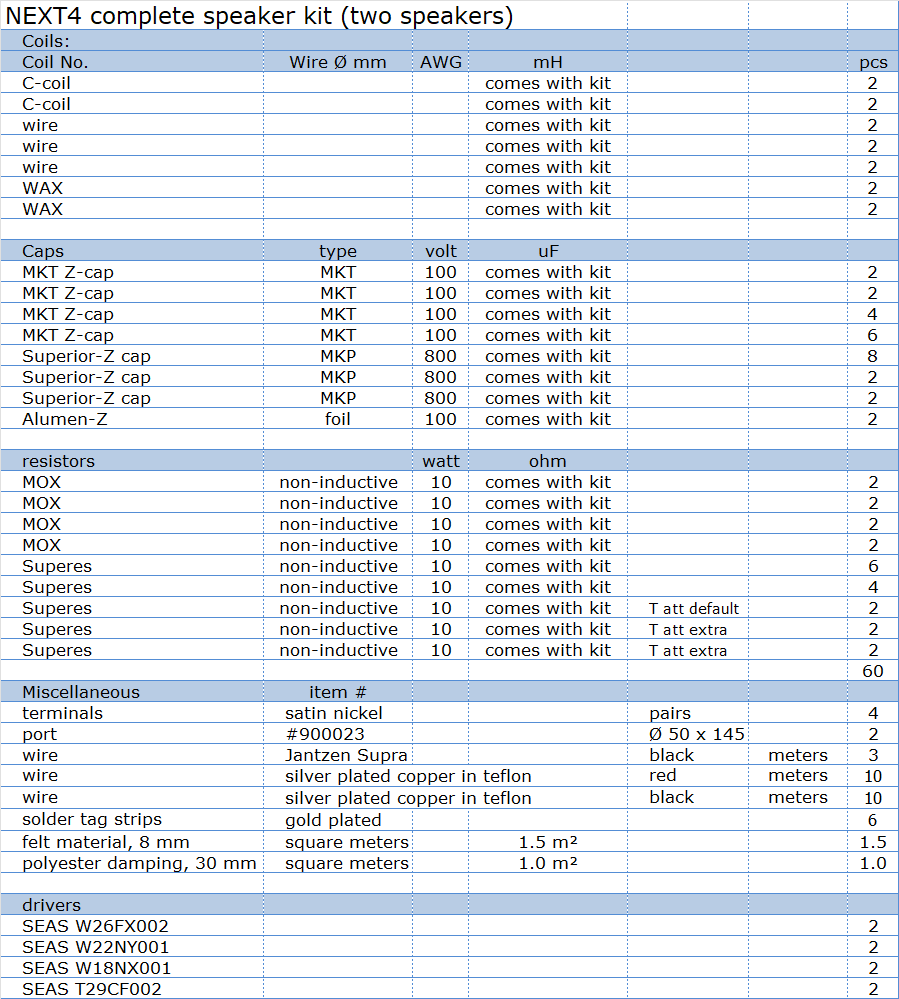
Crossover components' values to come with the
kit. You can buy the kit with or without the drivers - or some of the
drivers if you already have some.
Please ask Jantzen Audio
for options.
All kit and component prices may be subject to change and are always to be confirmed by Jantzen Audio Denmark.
Download Kit Presentations here:

All technical questions to troels.gravesen@hotmail.com
All questions regarding purchase of kits, please mail Jantzen Audio at contact@jantzen-audio.com
Measurements may give us an idea of tonal
balance of a system, i.e. too much or too little energy in certain
areas. Measurements may tell us about bass extension if far-field
measurements are merged with near-field measurements. In addition to
this ports may contribute to bass extension. Most of us diy'ers do not
have access to an anechoic room for full-range measurements from
20-20000 Hz.
What cannot be seen is what kind of bass
performance we get in a given room. Bass performance is highly dependent
on in-room placement of your speaker and the same speaker can be boomy
in one place and lean in another. Actual SPL level at 1 meter distance
and 2.8V input is useful for en estimate of system sensitivity and
combined with the impedance profile may give an idea of how powerful an
amplifier is needed to drive the speaker to adequate levels.
What measurements do not tell is the very
sound of the speaker unless displaying serious linear distortion. The
level of transparency, the ability to resolve micro-details, the "speed"
of the bass, etc., cannot be derived from these data. Distortion
measurements rarely tell much unless seriously bad, and most modern
drivers display low distortion within their specified operating range.
Many people put way too much into these
graphs and my comments here are only meant as warning against
over-interpretation. There are way more to good sound than what can be
extracted from a few graphs. Every graph needs interpretation in terms
of what it means sonically and how it impacts our choice of mating
drivers, cabinet and crossover design. The combination of drivers cannot
be done from drivers' specs alone, it must be tried and different
crossover must be tried too.
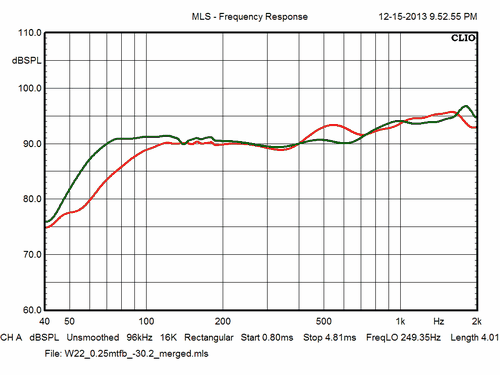
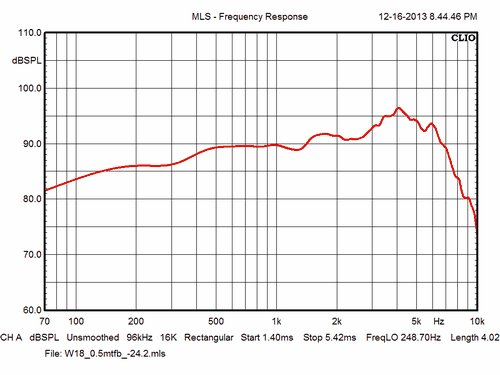
Left: Response of the two bass drivers in
cabinet without crossover. Red = 22W, green = 26W. Both drivers display
smooth response with no ripples around 600-1000 Hz where rubber surround
resonances usually sets in. Both measurements merged with near-field
response to fully display roll-off.
Right: Middriver response in cabinet without crossover attached. Again,
smooth response making crossover work easy.
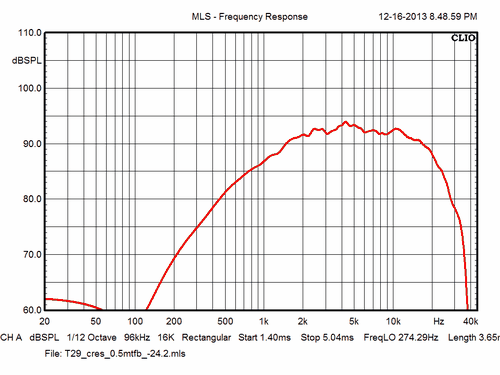
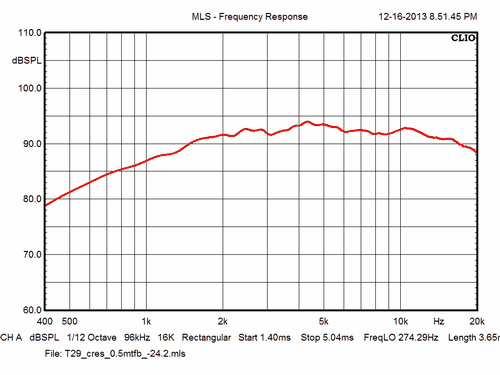
Left: Tweeter response in cabinet without
crossover. No crossover trouble from this driver either. Right: Same
thing, only 400-20000 Hz.
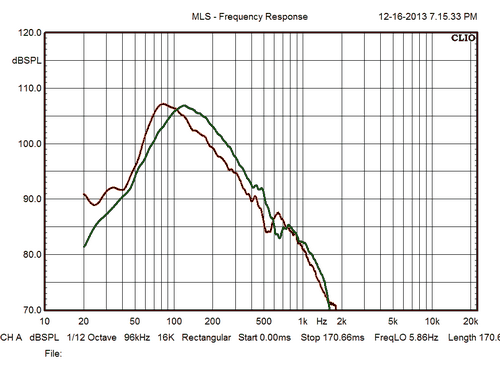
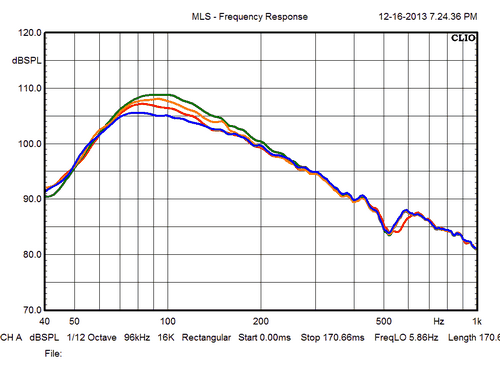
Left: Nearfield response from bass drivers
with crossover connected. As can be seen the upper bass driver handles
the important 100-200 Hz range.
Right: Nearfield response from lower bass driver with R4031 at different
values: No LCR circuit, R4031 = 47 Ohm, 22 Ohm and 10 Ohm
(green/orange/red/blue).
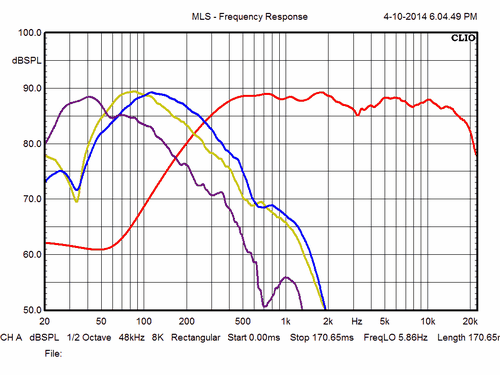
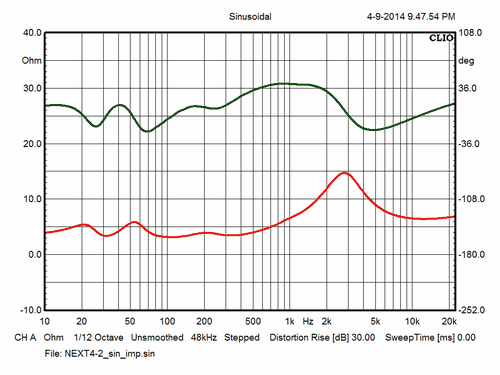
Left: To present an image of full frequency
response from such a big speaker really takes a huge anechoic chamber -
and I don't have one.
What I'm trying to illustrate here is the far-field response of
mid-tweeter (red) and the near-field response of bass driver and port,
giving you an idea of bass extension.
As can be seen point of crossover between bass and mid is around 250 Hz.
Right: Final system impedance. Despite the min. 3 ohm impedance, this is
an unusual benign profile with no odd phase angles combined with low
impedance.
My 60 wpc Einstein amplifier drives this speaker to thunderous levels
without any problems.
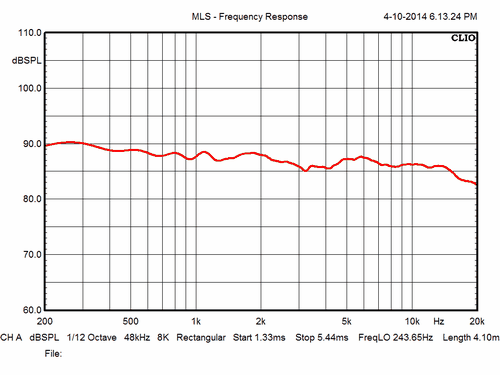
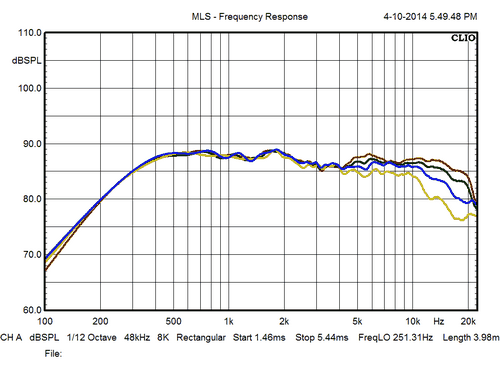
Left: System sensitivity is around 89-90
dB/2.8V 1 meter distance. The bass-midrange level is what is important
here.
Right: Horizontal dispersion from mid-tweeter at 0, 10, 20 and 30 deg.

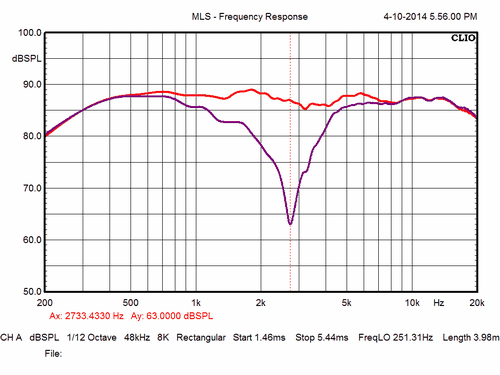
Left: Point of crossover between mid and
tweeter is around 2700 Hz with shallow slopes (LR2). Right: Inverting
tweeter polarity produces this dip around point of crossover.
CROSSOVER
LAYOUT
BACK TO INDEX
MT section crossover layout.
Full schematic comes with crossover kit.
Click images to view large, above and below.
BASS SECTION
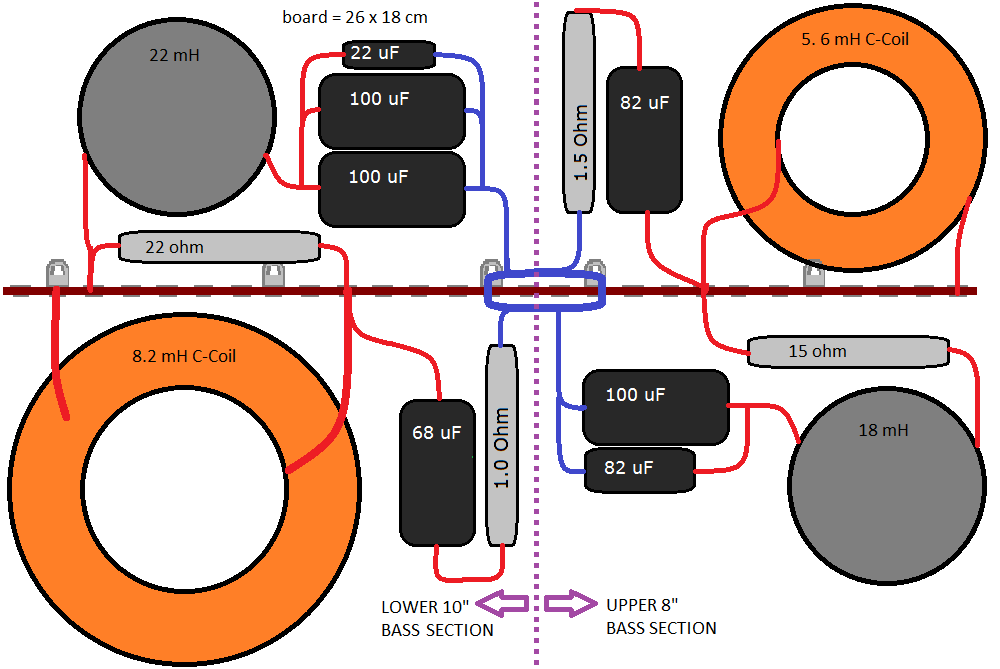
Bass section crossover layout.
New MKT Z-caps takes up more space than seen here, but there is plenty of space.
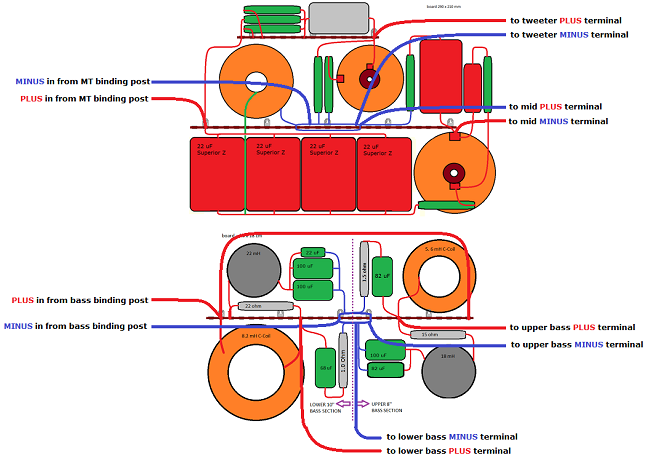
Click images to view large, above and below.
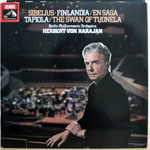
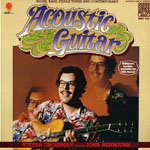
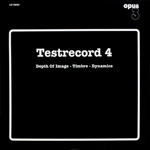
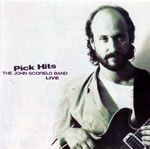
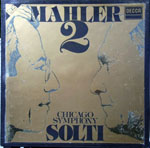
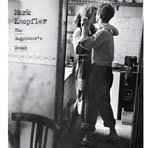
The trouble part! Obviously I cannot tell you how
a loudspeaker sounds as little as I can tell you what the taste of
cheese cake at NOMA
restaurant will be like. One thing for sure is that the NEXT4 is the
best SEAS speaker construction on these pages (until the CNO-4 came
along :-)).
It's highly dynamic due
to the closed box upper bass driver. The midrange is smooth when music
is smooth and harsh when music is harsh. Treble blends with midrange as
I never heard the Crescendo tweeter done before. It will cope with the
best of source material.
Sorry to repeat some of the album covers from the ATS4 article. I
actually listened to a whole range of records besides these once the
NEXT4 was up and running. I often use the Stefan Grossman record to
demonstrate the dynamic capability of speakers and in addition to the
NEXT4 speakers, a new phono cartridge, the van den Hul, Canary,
was on my turntable. The dynamics were scary! The Canary cartridge and
the vdh Grail phonostage is simply a perfect match.
In addition to the upper bass dynamics, the lower bass delivers the
grunt it takes to reproduce a live performance of Brothers in Arms by
Mark Knopfler. In short: The NEXT4 is a big speaker. Give it the best of
front gear and source material and it will throw a wide and open
soundstage with gut felt dynamics. I used my GlowMaster for the
midrange/tweeter and Hypex digi-amp for the bass drivers.
